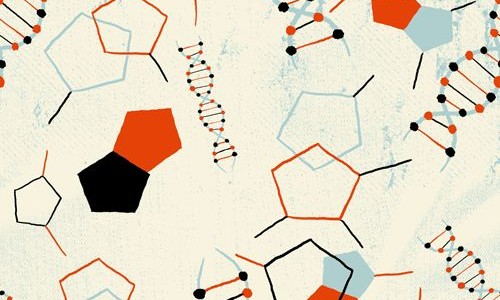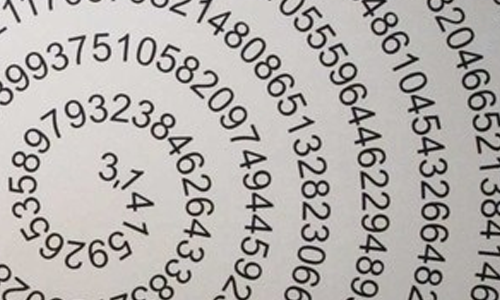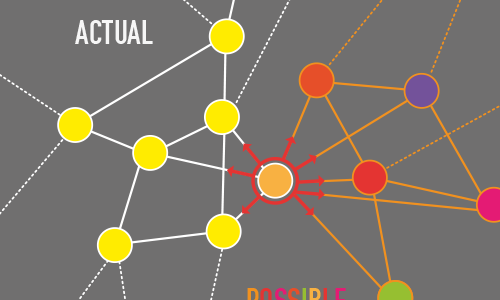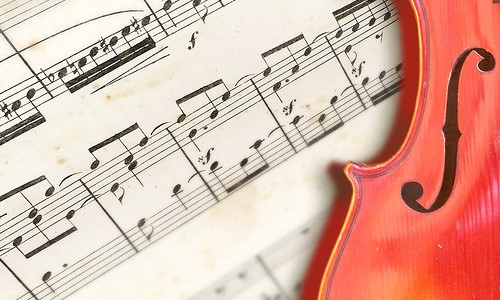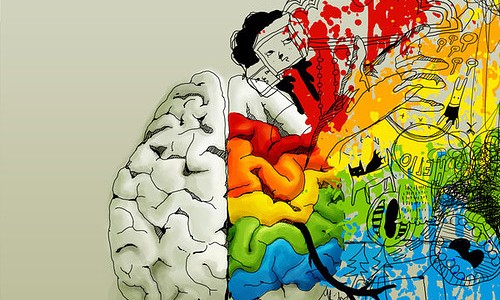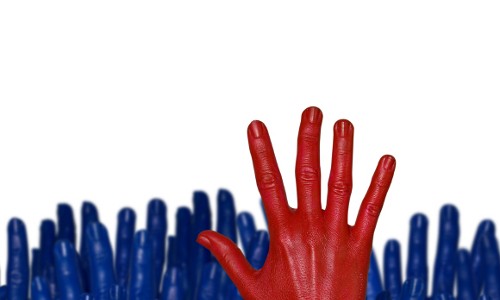by Stuart Kauffman
Abstract: I will discuss several approaches to the origin of life issue, mostly based on classical physics, some on recent results on the “Poised Realm”, hovering reversibly between quantum and classical behaviors. Classically, work on the origin of life follows these lines: 1) Search for template replicating RNA or RNA cousins in the RNA World. 2) The Lipid World, of self reproducing, dividing liposomes. Work combining RNA World and Lipid World is underway. 3) Collectively autocatalytic sets of polymers, achieved experimentally with RNA, with DNA, and with peptides. Peptide sets show that RNA is not needed for molecular reproduction. We can hope for evolving protocells by housing replicating polymer systems in dividing liposomes, where lipids are also synthesized by the total system. Open ended evolution involves selectable “genes”, available in the RNA world, and in peptide autocatalytic sets. In addition open ended evolution derives from Darwinian preadaptations of protoells in their abiotic worlds and with one another. Poised Realm aspects may include quantum criticality with unique electronic properties, now found in most evolved proteins.
